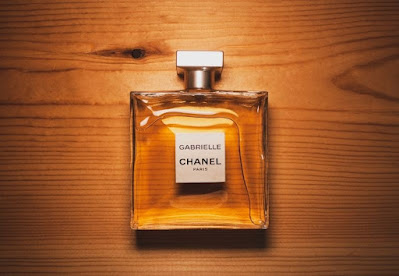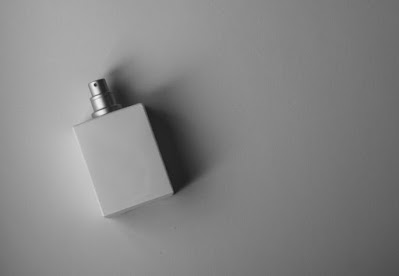What's the Difference? Cologne and Perfume
Cologne and perfume are often incorrectly regarded as interchangeable words, synonyms, but that is simply not the case. They are different.
Cologne is a weak sister of perfume. Cologne is comprised of 5% to 8% essential oils compared to perfume, which is 25% to 30% essential oils with the remaining volume composed of ethyl alcohol and water.
Cologne’s scent will not endure as long as the scent of perfume because of the lower concentration of essential oils.
Think of perfumes and colognes as music for the olfactory system. Perfumes have three notes. The top note, comprised of the most volatile oils, is the first to fade. After the top note fades, the scent changes because its composition consists of only the middle (heart note) and base (dry down) notes. The middle note fades next, again changing the composition and fragrance. The last note to fade is the base note because it is fabricated from the least volatile oils. So you see, each perfume and cologne is a carefully composed symphony of fragrances.
The practice of referring to perfume’s structure in terms of notes is misleading. They should, in fact, be referred to as chords. A perfumer, called a “nose” in the trade, uses twelve scents in creating a perfume, so, rather than top, middle and base notes, they are, in fact, chords comprised of multiple essential oils.
I find it particularly fascinating that there are also twelve notes in music. Consider the variety of melodies these twelve notes have brought us!
The history of perfume began with the Egyptians who used scented oils for incense and in balms during religious rituals in the period of the Old and Middle Kingdoms. During the time of the New Kingdom, the use had expanded to include festivals, women’s toiletries and cosmetics. From Egypt, the use of perfume expanded to include Greece, Rome and the Islamic world.
The Muslims kept the use of perfume alive. Perhaps this was because the phraseology of a certain Hadith indicates that perfume was an important article in the Prophet Muhammad’s home, and that his wives were keen to ensure that he had some perfume to wear when he left the house. He wanted to make sure that he had a pleasant smell when he met people.
After the fall of the Roman Empire, the use of perfume declined. In the twelfth century, with the spread of international trade, perfume reappeared in the western world. However, not until the mid 17th century in, you guessed it, France, did perfume emerge in any significant way. Oddly enough, perfumed gloves became the rage in France ultimately leading to the formation of the Glovers and Perfumers Guild in 1656.
France soon became the center of the perfume industry and Grasse, France has been its beating heart for over 400 years!
The art of perfumery, and it is indeed an art, continues to thrive to this day. The great design houses such as Chanel, Hugo Boss, and Yves Saint Laurent all have signature colognes on the market. In total, more than 30,000 top name colognes and perfumes are being marketed worldwide!



Comments
Post a Comment